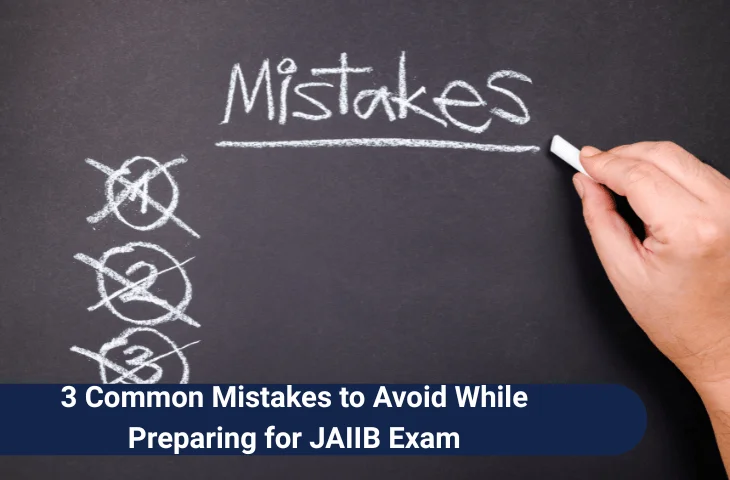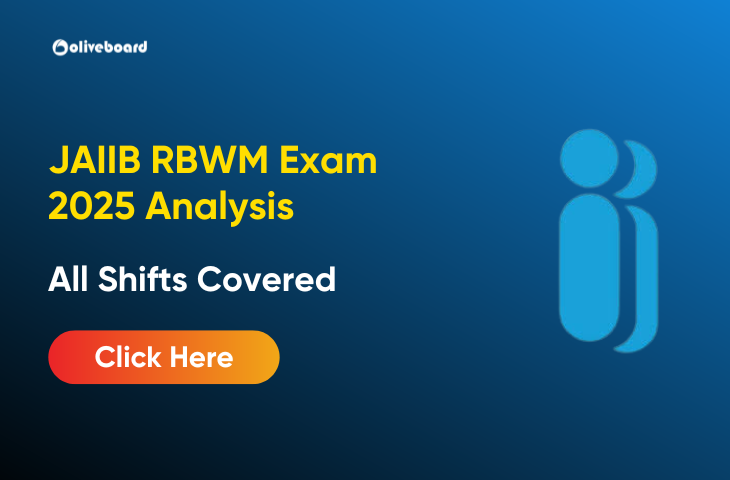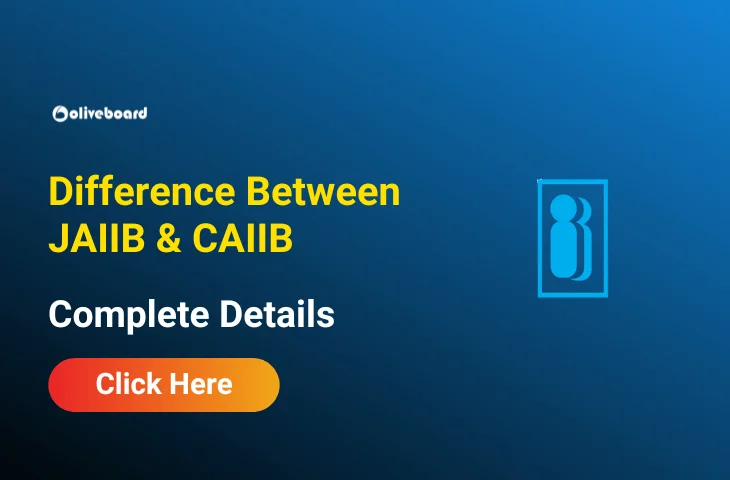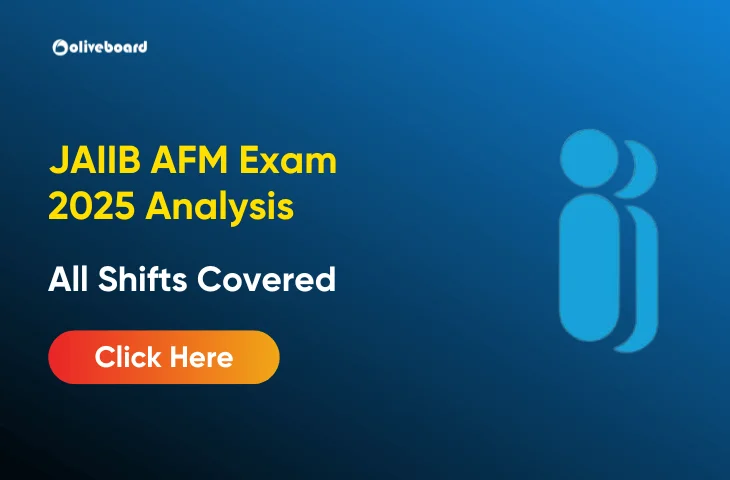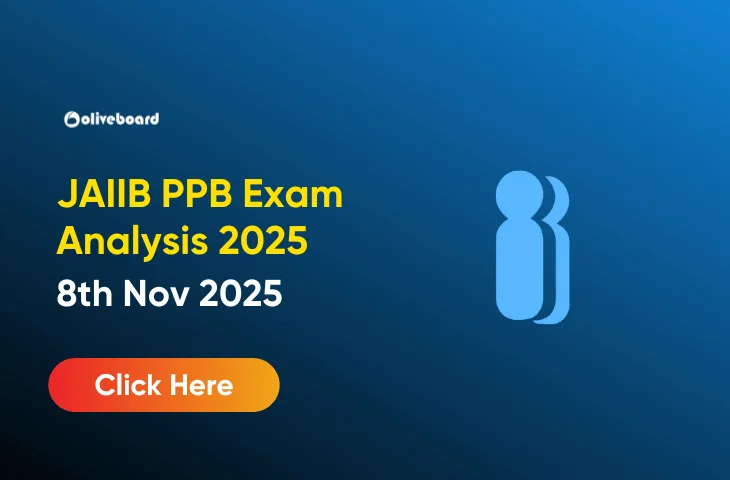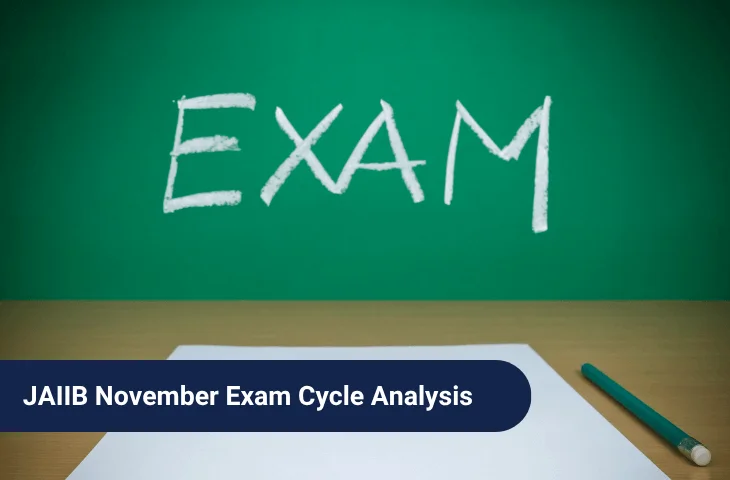IIBF JAIIB Principles and Practices of Banking – Exams for JAIIB/DBF are conducted twice a year by the Indian Institute of Banking & Finance. Taking this exam is an excellent way for bank employees to advance their careers. An important element of the JAIIB exam is to ensure candidates have a solid understanding of banking and financial services, including the ability to maintain healthy customer relationships and to understand basic accounting and legal aspects. In this blog, learners can go through the short notes in one of the most important topics of PPB and the Principles and Practices of Banking Notes PDF in the link given below.
IIBF JAIIB 2025 – Principles and Practices of Banking (PPB)
IIBF JAIIB 2025 – Principles and Practices of Banking (PPB) covers the fundamental concepts of banking, financial systems, and regulatory guidelines. It helps candidates build a strong foundation for a successful banking career.
Unit 1: Indian Financial System
The Indian Financial System plays a key role in the country’s economic growth. Here’s a simplified overview:
- NBFCs (Non-Banking Financial Companies) raise money from the public and provide loans through hire purchase, leasing, and bill discounting.
- Primary dealers participate in buying and selling government securities in both primary and secondary markets.
- Financial Institutions (FIs) provide long-term funds to sectors like industry and agriculture.
- Cooperative banks can accept deposits and offer loans to the public. Urban cooperative banks are regulated by RBI and state governments, while other co-ops are supervised by NABARD and state governments.
- CRR (Cash Reserve Ratio) is the portion of a bank’s total deposits that must be kept with the RBI.
- SLR (Statutory Liquidity Ratio) is the share of deposits that banks must maintain in government securities.
- Banks also raise funds by issuing corporate bonds and debentures.
- Securities include shares, bonds, and derivatives.
- SEBI regulates the capital markets, licenses merchant bankers, and allows FIIs to invest in Indian markets.
- Depositories store securities in digital (Demat) form.
- Mutual Funds pool money from investors and invest in various financial instruments.
- Regulatory bodies: RBI (banking), SEBI (capital markets), IRDAI (insurance).
Unit 2: Banking Regulation in IndiaBanking regulation ensures stability and smooth functioning of the financial system.
- RBI, India’s central bank, was set up under the RBI Act, 1934, and started operations on April 1, 1935.
- After nationalization in 1948, RBI became government-owned.
- RBI manages currency, foreign exchange, and monetary policy in India.
- RBI regulates interest rates, liquidity, and banking operations through CRR, SLR, and Open Market Operations (OMO).
- The Bank Rate is the interest rate at which RBI lends to commercial banks.
- Selective Credit Control (SCC) is used to prevent hoarding of essential goods and control inflation.
- RBI does not allow banks to hold more than 30% of a company’s capital as security against loans.
Unit 3: Retail Banking, ADR, GDR, and P-Notes
Retail and corporate banking serve different customer segments:
- Retail banking deals with individual customers and includes services like savings accounts, loans, credit/debit cards, lockers, and insurance.
- Wholesale banking serves businesses and includes services like loans, LC, BG, FX, RTGS, and tax collection.
- International banking covers cross-border financial services.
- Universal banking provides a one-stop shop for banking, investment, and insurance services.
- Depository Receipts (DRs) such as ADRs and GDRs allow foreign companies to raise money from Indian markets.
- Participatory Notes (P-notes) are issued by FIIs for those who wish to invest in Indian markets without registering with SEBI. However, FIIs cannot issue P-notes to Indian citizens or companies owned by NRIs.
Unit 4: Fixed Income, Money Markets, Forex & FEMA
Understanding different markets is essential for bank operations:
- Money markets help manage short-term funds (less than one year) and are key to liquidity management.
- Instruments: CP (Commercial Paper), CD (Certificate of Deposit), Treasury Bills, Call Money, and Bill Rediscounting.
- Government securities are safe, liquid, and usually offer semi-annual interest. These include Promissory Notes, Bonds, and Dated Securities.
- Corporate bonds are issued by companies to raise debt; they do not offer ownership.
- Interest Rate Swaps (IRS) and Futures help manage interest rate risks.
- FEMA (Foreign Exchange Management Act), 1999 governs all foreign exchange transactions in India.
- LIBOR (London Interbank Offered Rate) is a global benchmark for short-term interest rates, though it is being replaced by other benchmarks.
- Indian Interbank Market is where banks borrow and lend short-term funds to each other.
IIBF JAIIB 2025 Exam Pattern – Principles & Practices of Banking
The Principles and Practices of Banking paper in the IIBF JAIIB 2025 exam consists of approximately 120 multiple-choice questions (MCQs), carrying a total of 100 marks. Some of these questions may be based on case studies to test practical understanding. There is no negative marking for incorrect answers, giving candidates the freedom to attempt all questions.
| Particulars | Details |
| Conducting Body | Indian Institute of Banking & Finance (IIBF) |
| Exam Mode | Online (Computer-Based Test) |
| Exam Level | National |
| Eligibility | Candidates working in banks & financial institutions and who are IIBF members |
| Exam Frequency | Twice a Year (May & November) |
| Official Website | iibf.org.in |
JAIIB 2025 Passing Criteria
To pass the JAIIB 2025 exam, candidates must score at least 150 marks in total and a minimum of 45 marks in each subject in a single attempt. If the candidate does not meet this combined requirement, they must score at least 50 marks in each subject to qualify. Once a subject is passed, that score remains valid for the next four consecutive attempts, whether or not the candidate appears for them. However, if all papers are not cleared within five attempts, the candidate will have to reappear for all subjects from scratch.
What is the Passing Criteria for JAIIB?
To successfully clear the JAIIB 2025 examination, candidates must meet the minimum passing criteria set by the Indian Institute of Banking & Finance (IIBF), which is at least 50 marks out of 100 in each paper. However, candidates who score a minimum of 45 marks in each paper and achieve an overall aggregate of 50% across all papers will also be considered as having passed. The details of the JAIIB passing criteria are as follows:
| Condition | Requirement |
| Minimum Marks per Subject | 50 out of 100 |
| Alternate Passing Option | 45 per paper + 50% aggregate in one attempt |
| Credit Retention | Allowed within the attempt/time window |
JAIIB “Class of Pass” Criteria
IIBF awards a Class of Pass to candidates based on their overall performance in JAIIB. This classification is applicable only in the first physical attempt (the very first time a candidate appears for the exam).
- First Class: Candidates who score 60% or more marks in aggregate and pass all subjects in the first attempt.
- First Class with Distinction: Candidates who score 70% or more marks in aggregate and also secure 60 or more marks in each subject in their first attempt.
- Pass Class: Awarded to candidates who pass the exam but do not meet the above distinction criteria.
FAQs
Ans. Each paper will consist of 120 objective-type multiple-choice questions (MCQs).
Ans. The Institute has the authority to change the number of questions that will be asked for each subject. There are no penalties for incorrect answers.
Ans. A pass is defined as a score of at least 150 in total and at least 45 in each topic in a single try.
Ans. SEBI regulates capital markets, licenses merchant bankers, and allows FII investments.
Ans. No, there is no negative marking for incorrect answers.
- 3 Common Mistakes to Avoid While Preparing for JAIIB Exam
- JAIIB RBWM Exam 2025 Analysis 16th November 2025
- Difference Between JAIIB & CAIIB, Eligibility, Exam Pattern
- JAIIB AFM Exam Analysis 2025, 9th November All Shifts Review
- JAIIB PPB Exam Analysis 2025, 8th November All Shifts Review
- JAIIB Exam Analysis 2025, November Cycle, All Shifts Covered

The most comprehensive online preparation portal for MBA, Banking and Government exams. Explore a range of mock tests and study material at www.oliveboard.in

